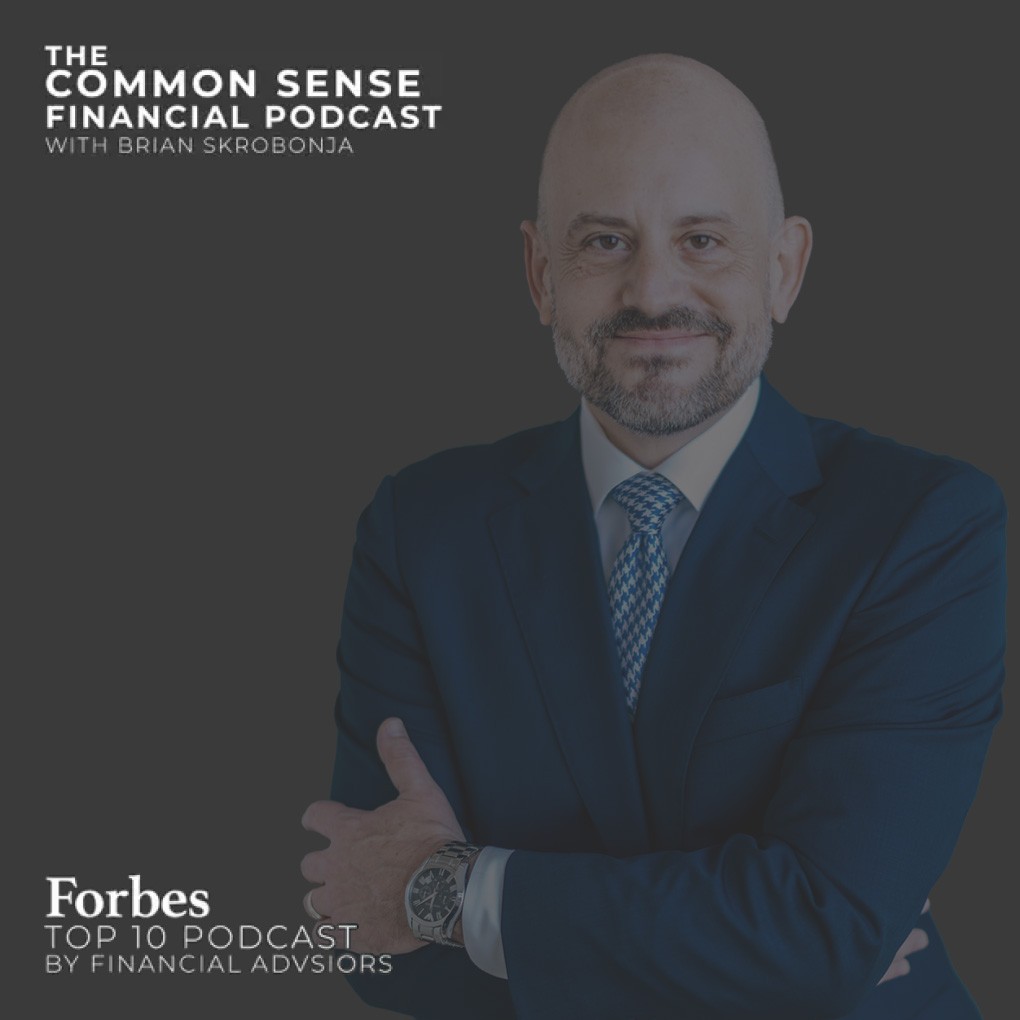In this episode we talk about the importance of using key performance indicators beyond just investment performance to gauge the health of one’s retirement plan.
There are five crucial data points that form the foundation of a successful retirement strategy: passive income, effective tax rate, cash flow ratio, banking capacity, and horizontal asset allocation. By focusing on these metrics, you can adopt a comprehensive approach to retirement planning that factors in various financial variables and bridges the gaps in your financial plan.
- Business owners use KPIs or key performance indicators to track and understand the health of their business and marketing efforts. Those planning for retirement should consider their retirement KPIs to help measure the health of their financial situation.
- People often make the mistake of substituting investment performance for more meaningful key performance indicators. ROI is not the only KPI you should be paying attention to.
- People often view their finances in silos and tend to make standalone decisions about what to do while leaving out other important variables concerning their situation, which can result in having gaps in their overall retirement plan design.
- For example, the stock market can go down, but that doesn’t necessarily mean your plan should change. The flipside is also true: the market may be up, but that could mean you need to make adjustments.
- Knowing what KPIs to use and how to use them can help measure the health of your overall financial situation, not just track portfolio performance.
- A KPI is simply a collection of data points that helps provide a consistent method for measuring and monitoring the health of your retirement plan.
- In my experience, there are five key data points needed to measure the effectiveness of a retirement plan.
- The first is passive income.
- Income is an obvious component and the central theme of a retirement plan.
- Income is not growth of a share or unit of a particular investment. It is the income generated from the share or unit of an investment.
- If there is a retirement income gap of $5,000 each month, the goal of the retirement plan is to not simply cash out investments each month or spend down savings to meet the goal. It is to create passive income sources that can consistently provide the cash flow.
- Missing this point can be catastrophic to the longevity of a retirement plan.
- The second is the effective tax rate.
- Tax rates in the United States of America are progressive. The more you make, the higher the marginal rate is on portions of your income. Marginal rates have their place when filing a return or making decisions about asset positioning.
- The effective tax rate is a single rate that’s calculated using the total taxes that are paid against the gross income. This percentage gives us a better overall understanding of the impact taxes are having on retirement income.
- If the retirement income gap is $5,000 each month and the effective tax rate is 30%, we can determine the additional amount of income required to cover the tax liabilities.
- The more tax mitigation techniques you incorporate into a retirement plan, the less pressure there is on your assets to generate additional income just to pay the tax.
- The third is cash flow ratio.
- People often define cash flow too narrowly and often exclude things like taxes, retirement savings and health insurance premiums, which leaves gaps in understanding.
- It is also important to know the ratio of income to bank payments, taxes, savings insurance, as well as fixed and variable expenses.
- It’s also important to know the earned income versus passive income ratio along with the number of different income sources you rely on to fund your lifestyle.
- The fourth is your banking capacity.
- When it comes to asset allocation, there is often the out-of-the-box structure where assets are divided up between investments and bank accounts. This approach oversimplifies a more complex situation and overlooks the realities of life and how people actually use and spend money.
- There are many factors to consider outside of just growing assets and covering emergencies, such as big ticket purchases and other family needs, that could benefit from incorporating a family bank into the financial plan.
- A family bank, aka Build Banking, is a specially designed life insurance contract that enables a family to have banking capabilities within their own financial ecosystem without relying on an actual bank outside of their financial situation.
- This piece is usually missing from most retirement plans.
- The fifth is horizontal asset allocation.
- Most people think of diversification as a vertical landscape of public market investments such as stocks, bonds, and mutual funds or ETFs, but that’s the wrong idea.
- Asset allocation is similar to gardening. It requires diversity in many different forms to help manage growth, produce income, minimize risk and mitigate taxes.
- Adding things such as real estate businesses, private equity, life insurance, annuities, amongst other things, can provide characteristics and other elements of stability to help support a retirement plan.
- To develop a retirement plan, you must first identify the gaps in your existing situation, and then begin to work out on strategies to help fill those gaps. Having a way to measure passive income tax exposure, cashflow, asset allocation, and your baking capacity are the most important metrics to start with.
Mentioned in this episode:
Common Sense Financial Podcast on YouTube
Common Sense Financial Podcast on Spotify
BrianSkrobonja.com/thegapreportstart
Investing involves risk, including the potential loss of principal. This is intended for informational purposes only. It is not intended to be used as the sole basis for financial decisions, nor should it be construed as advice designed to meet the particular needs of an individual’s situation.
“The podcasts posted here before July 1, 2022 are historical in nature and were previously approved by Kalos Management, LLC. The views and statistics discussed in these shows are relevant to that time period and may not be relevant to current events. This is intended for informational and entertainment purposes only. It is not intended to be used as the sole basis for financial decisions, nor should it be construed as advice designed to meet the particular needs of an individual’s situation. Investing involves risk, including the potential loss of principal. Any references to protection, safety or lifetime income, generally refer to fixed insurance products, never securities or investments. Insurance guarantees are backed by the financial strength and claims paying abilities of the issuing carrier. Our firm is not permitted to offer and no statement made during this show shall constitute tax or legal advice. Our firm is not affiliated with or endorsed by the US Government or any governmental agency. The information and opinions contained herein provided by the third parties have been obtained from sources believed to be reliable, but accuracy and completeness cannot be guaranteed by our firm.”





